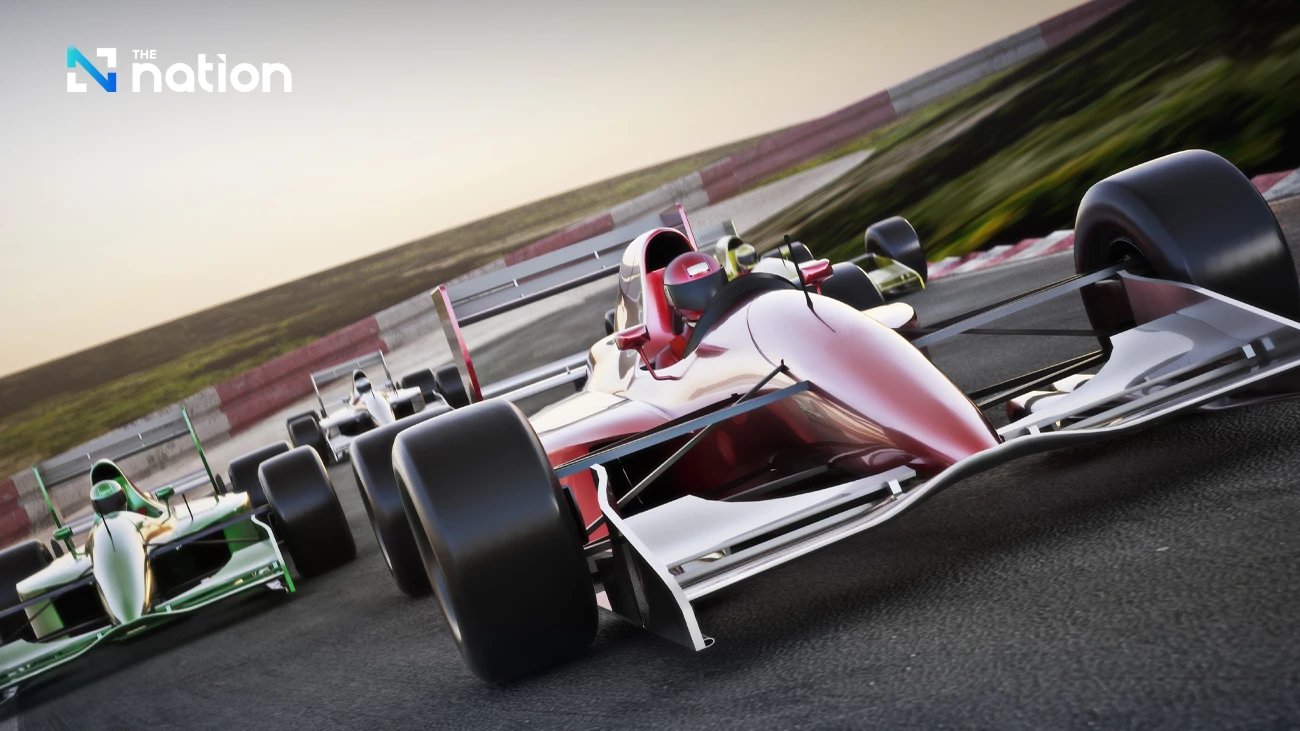
Why a Street Circuit?
The decision to hold a street circuit race in Thailand is driven by several key factors, with the most important being accessibility and transportation.
The chosen location in the Chatuchak district is exceptionally well-connected by public transport. It is served by the BTS Green Line, MRT Blue Line, and other connecting transport systems, including Krung Thep Aphiwat Central Terminal, Mo Chit 2 Bus Terminal, and Don Mueang Airport, which is linked to the city via the Red Line train.
This makes it convenient for the hundreds of thousands of spectators expected to travel from around the world.
Hosting a street circuit also significantly reduces the need for a massive investment in a new, purpose-built racetrack. Building a new circuit requires immense capital and carries the risk of becoming an underused, costly structure if not utilised long-term. This approach helps mitigate financial risk.
Additionally, a street circuit offers a more scenic backdrop than a traditional racetrack, providing a unique selling point. Classic races like the Monaco Grand Prix showcase the beauty of the city, and the Singapore Grand Prix is famous for its stunning night race.
It is hoped that the race in Bangkok will similarly showcase the beautiful scenery of Thailand, boosting tourism.
This choice of location, however, has raised some questions, as the Chatuchak area lacks the major landmarks of inner-city Bangkok’s Rattanakosin Island, which was once considered a potential venue.
Converting Roads into a Race Track
The next question is: what kind of roads are needed for the race?
Certainly not uneven roads with potholes and sewer covers. A street that is approved to host the fastest race cars in the world must be specifically designed to handle them.
According to regulations, the road surface must meet the FIA’s Grade 1 standard. This requires a significant and challenging investment in resurfacing. The material used is a specific type of asphalt mixed with various compounds to create the ideal surface for high-speed racing, ensuring maximum grip.
The surface has many more subtle details that can all impact the race. Racing teams and drivers must assess the track’s surface and temperature to determine which tyre compound to use.
One key challenge is that even with the best construction and maintenance, converting a public road for racing and then reopening it to normal traffic risks damaging the surface. There have been cases where drivers’ performances were impacted because the track was not in perfect condition.
The cost to create a street circuit is a closely guarded detail, but it’s estimated to be around $270 million (8.9 billion baht), making it one of the most significant expenses in the event’s preparation.
Additionally, there are immense costs for temporary structures, such as grandstands to accommodate tens of thousands of fans along the 3.4-kilometre track, as well as the pit lane, pit stops, and many other facilities that the host must pay for.
The Singapore Grand Prix: A Model for Success
Despite the massive investment required, an F1 race is an exceptional tool for stimulating a country’s economy.
A perfect example for Thailand to follow is Singapore. Since 2008 (except for the COVID-19 pandemic), the Singapore Grand Prix has been a resounding success. As a night race street circuit, it showcases a stunning backdrop of city lights, including the iconic Marina Bay Sands.
F1 racing has been a powerful tool for promoting and transforming Singapore’s image from a hub for trade and finance to a premier destination for sports fans.
The race attracts an estimated 550,000 visitors and garners a global broadcast audience of one billion viewers.
This has made Singapore a more “attractive” tourist destination and has had a huge economic impact from the influx of investment.
In fact, many Thais have been travelling to Singapore for years to watch the night race at an affordable price.
A Question for Thailand
This brings us back to Thailand with a lingering question:
How prepared is Thailand to host an F1 race in 2028? So far, there has been a lot of silence on the topic, and with recent political changes, it’s unclear if the project will move forward as planned.
The hope is that political shifts will not derail this mega-project, which many parties have worked hard to bring to Thailand. They know this is a way to “pin” Thailand on the map as a global destination, especially at a time when the country’s image has been damaged by various events over recent years.
There is a price to pay for hosting F1. Even converting a few kilometres of public road into a track requires a huge investment. But it must be done to the highest standard because this is more than a national event; it’s a global showcase and a matter of national pride.
With a glimmer of hope, if the bid succeeds and the race is held, it would be an invaluable opportunity for Thailand.
This is an invaluable opportunity for Thailand, one that may not necessarily lead to a complete economic turnaround, but it certainly offers more hope for the future than there was yesterday.
Let’s hope they get the green light!
Metha Puntwarathorn
